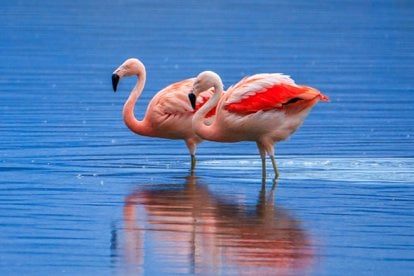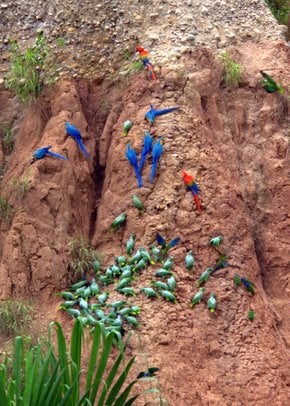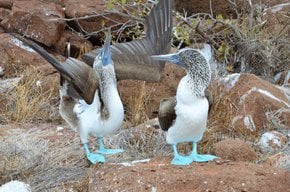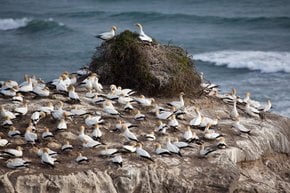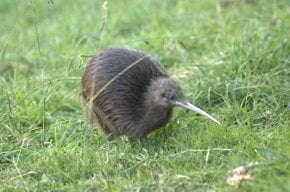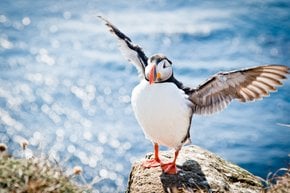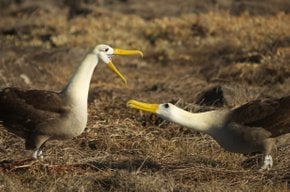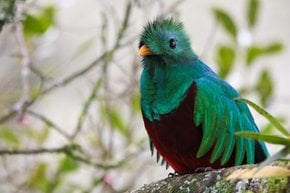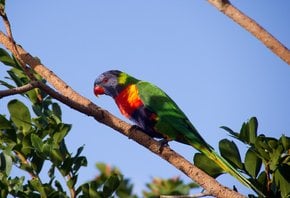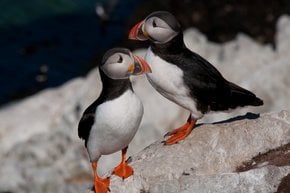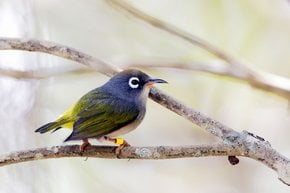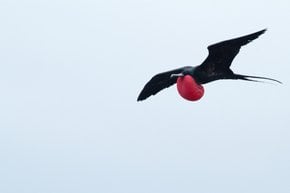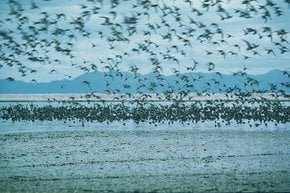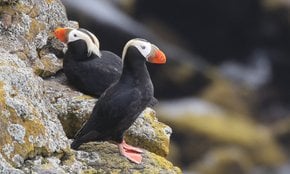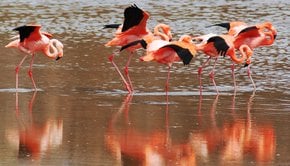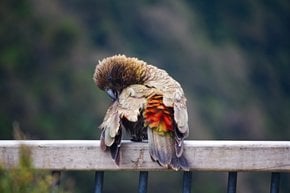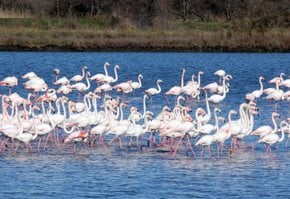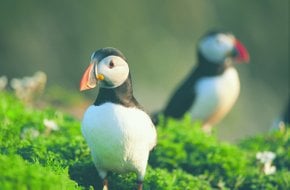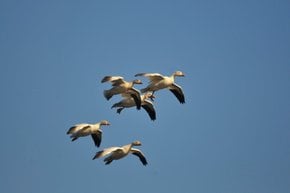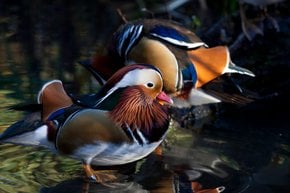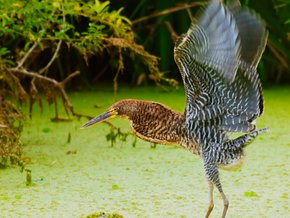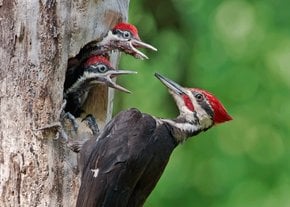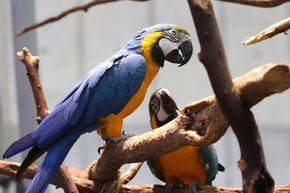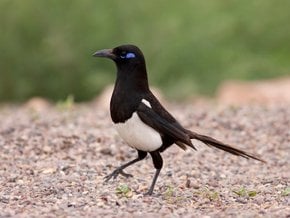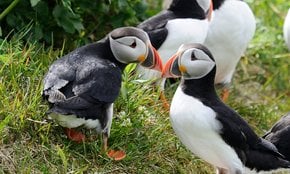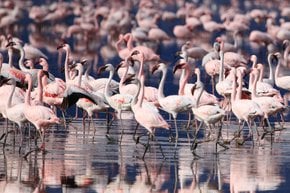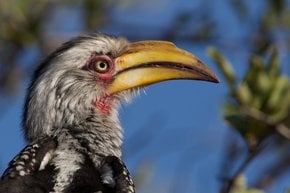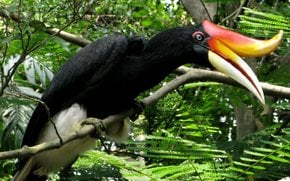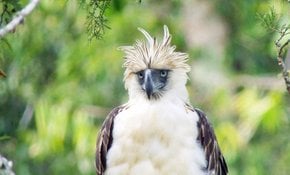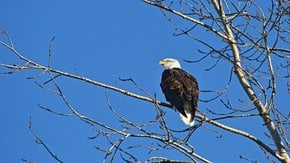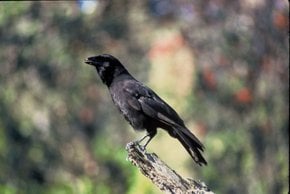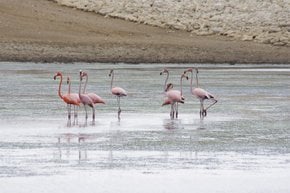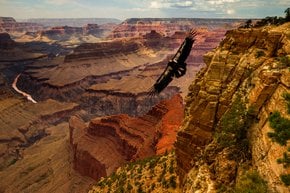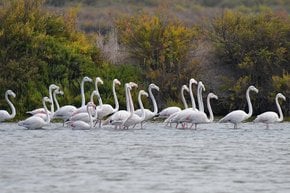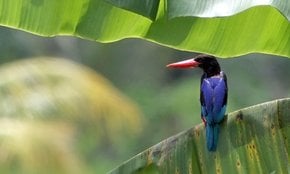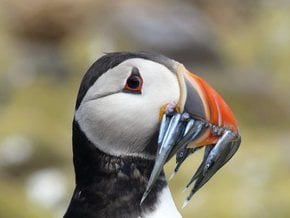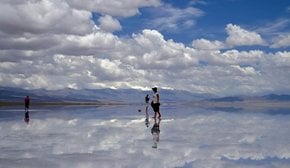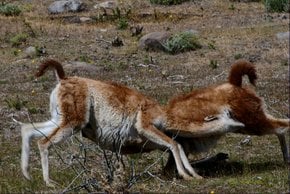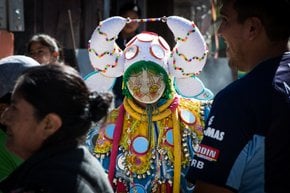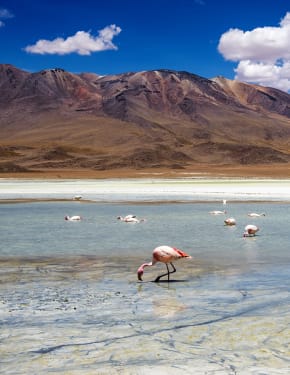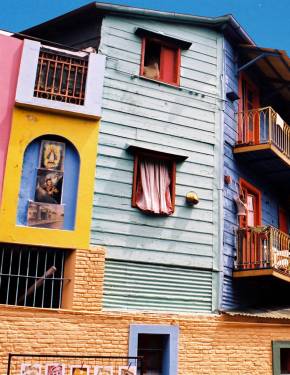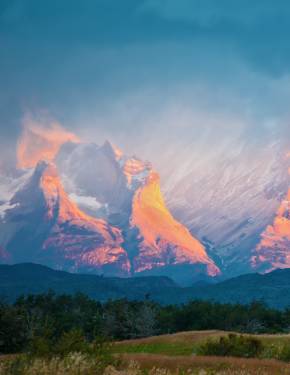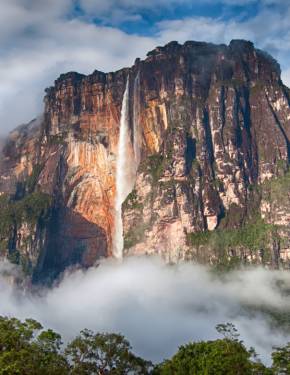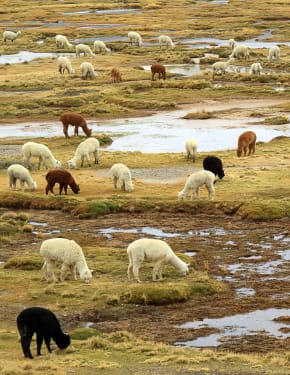Flamingo Watching in Argentina 2025-2026
Pink flamingos are an amazing sight, especially when these birds get together in huge numbers
Best time: December–February
It's not uncommon to come across a couple of flamingos while driving across Argentina, especially it refers northwestern regions. However, they are also found in central and southern regions. Normally you'll see two species in these lands—Andean or James’s flamingo. The best time to observe flamingos is when they breed in colonies at lakes. The breeding season is the Argentine summer—December through February.
During the breeding season, flamingos live in pairs. To attract a partner they perform an amazing dance with over a hundred moves. After the "wedding" they lay only one egg and after 30 days, a small white chick hatches. It is also interesting that a week after birth, little birds gather in a "nursery" of sorts—hundreds of babies are under the supervision of several adult birds. Only after three months, the babies can take care of themselves.
The most famous southern spot for flamingos watching is Reserva Laguna Nimez in Calafate, Santa Cruz Province. You'll see a plenty of these birds around lagoons across Argentine Patagonia. Far north has Monumento Natural Laguna de los Pozuelos which boasts a colony of up to 25,000 birds. Laguna Mar Chiquita in the Province of Cordoba in a popular site in central Argentina. Besides, flamingos nest around the lakes in the Province of La Pampa. Also, a breeding colony may occur on Valdes Peninsula.
So if you are looking for a bird show of dancing flamingos, check some of the spots listed above. Just note that flamingos are shy and wary birds and normally stay far from humans.

